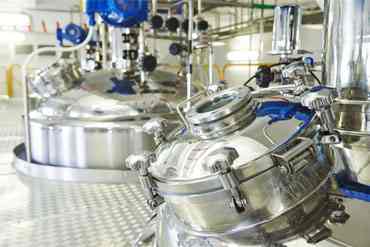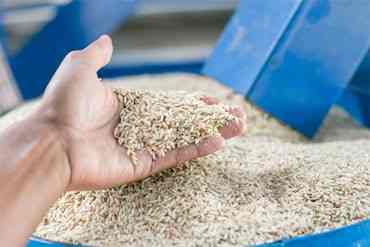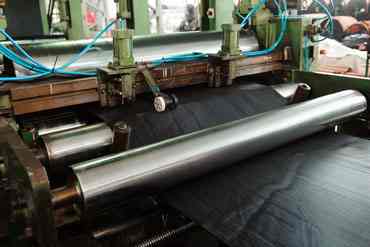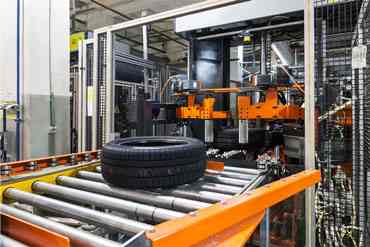Steam Trap Energy Losses
The wasted energy, additional fuel cost and increased pollution caused by even small leaks in traps and piping may surprise while making life cycle cost Analysis.
Generally, there are large amount of in accurate and misleading information has been written on energy losses in steam traps. With this blog UKL would like to give clear and accurate information regarding the energy consumption of different trap types.
Few writings or blogs would be deliberately misleading regarding selection or application of trap for their own benefit.
An argument is made in favor of replacing one type of trap with another and claiming a steam saving which may be real or imaginary. The truth is that replacing any group of traps with new ones will inevitably reduce steam consumption because any leaking traps are thereby eliminated.
In other cases, tests have been carried out to establish 'steam leakage/ wastage'. Some tests are carried out under unrealistic no-load conditions and attempt to overvalue and confuse the amount of energy lost through the trap. Energy loss from the trap due to radiation, which will also increase condensate load, is conveniently ignored. However, these losses will always occur and are directly related to the size and shape of the body.
It is therefore essential to study basic principles and considering the inherent energy requirements of the main types.
Thermostatic steam traps
Under working, the thermostatic trap holds back condensate until it has cooled to a certain temperature. Steam does not reach the main valve so there is no steam wastage.
Since, water logging of plant can lead to reduced output. Operating times may be extended, or additional heaters or heating surfaces may be required. More steam may be required although this will not appear as an energy requirement attributable to the steam trap.
In some cases, a cooling leg may be incorporated so that the steam space is kept clear of condensate. Energy is thereby lost due to radiation from the cooling leg and from the trap body.
Under no load conditions heat loss from the trap body cools the condensate surrounding the element which then opens. The minimal amount of condensate involved is discharged and is then replaced by steam. However, hysteresis means that the element has yet to respond and live steam is lost. Laboratory tests indicate typical losses up to 0.5 kg/ h.
Ironically, under cold outdoor conditions there will be increased heat loss from the trap and steam loss through the trap is less likely. Any attempt to lag a thermostatic trap will result in a serious delay in the opening of the trap. Severe water logging will result and hence lagging is not recommended for thermostatic traps.
Mechanical steam traps
In float-thermostatic trap is another there would be no live steam leakage observed but, the float-thermostatic trap is relatively large in size, and there may be a noticeable loss from the trap caused by radiation. Mention should be made of the thermostatic air vent fitted in this type of trap. This will be situated in the steam space above the water level in the trap. Once initial air has been cleared this will normally remain tight shut and there will be no loss from this source.
The float-thermostatic trap can be lagged to reduce heat losses and this will not affect its operation.
Lagging is normally recommended on outdoor applications to minimize the danger of damage due to freezing when steam might be turned off.
The inverted bucket trap has surprisingly little in common with the float type trap. The trap closes when steam enters and bubbles through into the bucket to make it buoyant. It will not open until the steam has been dissipated.
This will occur as the steam leaks away through the hole in the bucket which serves as an air vent. The steam will collect in the top of the trap itself and when the main valve opens, this steam is vented.
Laboratory tests again indicate losses of around 0.5 kg/ h for ½” traps under these low load conditions. However, there is additional radiation loss from the body, which can be quite large.
Lagging is sometimes recommended but the heat loss and its resulting condensate will be much the same as an equivalent float type trap.
Thermodynamic Steam Traps
This type of trap has attracted most attention under the heading of steam wastage.
The operation depends on condensate approaching steam temperature, producing flash steam at the orifice and causing the trap to close. It does this with condensate on the upstream side and again the flooded trap means that there can be no loss through the trap. However the trap will open periodically as heat is lost from the cap.
Under no-load conditions, i.e. when condensate is being produced only by heat loss from the upstream pipeline, the condensate on the upstream side may exhaust and the trap will then require a small amount of live steam to cause it to close. Generally this traps working condition depends on ambient conditions but the loss will generally be around 0.5 kg/h and this could be doubled in severe weather.
So Uni Klinger suggests to install Isotub over the cover of Thermodynamic traps which will solve this issue.
It is important to remember that these losses disappear as the condensate load increases while the radiation losses from the trap are minimal due to its small size. Independent tests have shown that radiation losses are not more than 0.25 kg/ h which is at least a quarter of that experienced by equal sized inverted bucket traps.
Conserving steam energy is economically and environmentally desirable in most plants today. Although facilities can remove pollutants as they exit the stack, cleanup methods are expensive and less than 100% effective. Quantifying steam losses, even for small leaks, is strong justification for specifying and installing reliable steam traps and keeping them well maintained.
Comparisons
Quantifying the energy requirements of steam traps is not easy. Energy can be lost through the trap but this may depend on load. Energy will be lost from the trap due to radiation but this can be reduced considerably by lagging.
The important thing therefore is to do the proper selection, maintain and regular checking of the traps health, which will eliminate loosing steam.

 Aerated Concrete Block Industry
Aerated Concrete Block Industry  Brewery Industry
Brewery Industry  Captive Cogen Industry
Captive Cogen Industry  Chemical Industry
Chemical Industry  Dairy Industry
Dairy Industry  Edible Oil Industry
Edible Oil Industry  Fertilizer Industry
Fertilizer Industry  Hotel Industry
Hotel Industry  Pharma Industry
Pharma Industry  Rice Industry
Rice Industry  Rubber Industry
Rubber Industry  Soap Industry
Soap Industry  Sugar Industry
Sugar Industry  Textile Industry
Textile Industry  Tyre Industry
Tyre Industry